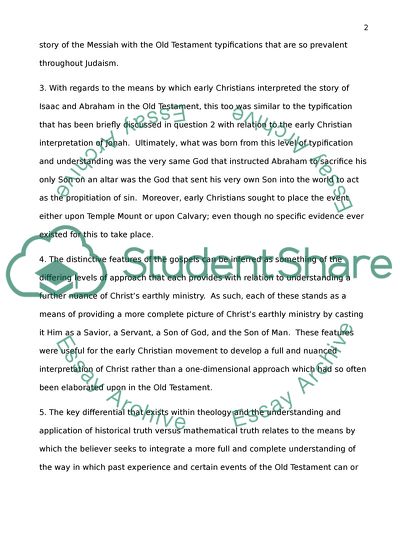Cite this document
(The Cultural and Religious Interpretations of the Crucifixion Story Essay Example | Topics and Well Written Essays - 1750 words - 1, n.d.)
The Cultural and Religious Interpretations of the Crucifixion Story Essay Example | Topics and Well Written Essays - 1750 words - 1. https://studentshare.org/religion-and-theology/1798286-maad
The Cultural and Religious Interpretations of the Crucifixion Story Essay Example | Topics and Well Written Essays - 1750 words - 1. https://studentshare.org/religion-and-theology/1798286-maad
(The Cultural and Religious Interpretations of the Crucifixion Story Essay Example | Topics and Well Written Essays - 1750 Words - 1)
The Cultural and Religious Interpretations of the Crucifixion Story Essay Example | Topics and Well Written Essays - 1750 Words - 1. https://studentshare.org/religion-and-theology/1798286-maad.
The Cultural and Religious Interpretations of the Crucifixion Story Essay Example | Topics and Well Written Essays - 1750 Words - 1. https://studentshare.org/religion-and-theology/1798286-maad.
“The Cultural and Religious Interpretations of the Crucifixion Story Essay Example | Topics and Well Written Essays - 1750 Words - 1”. https://studentshare.org/religion-and-theology/1798286-maad.


